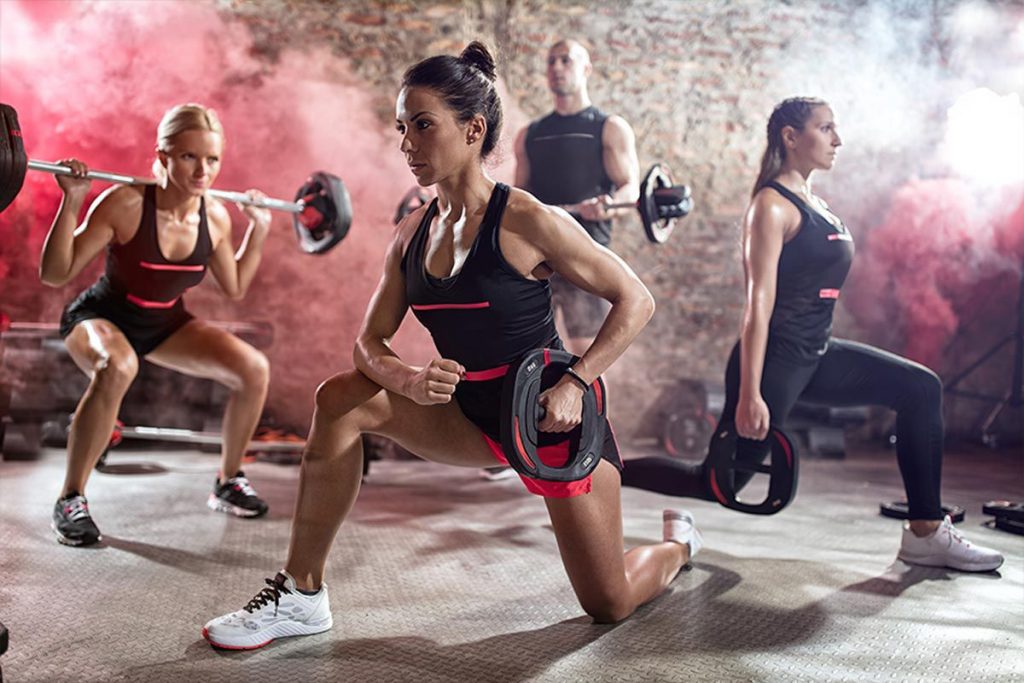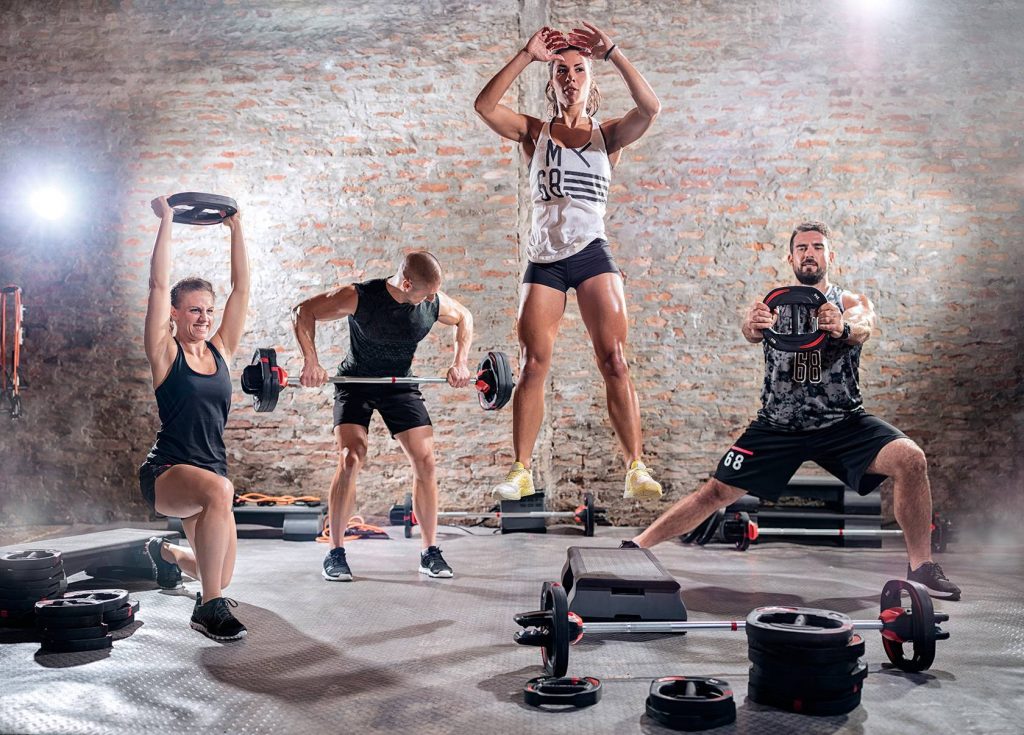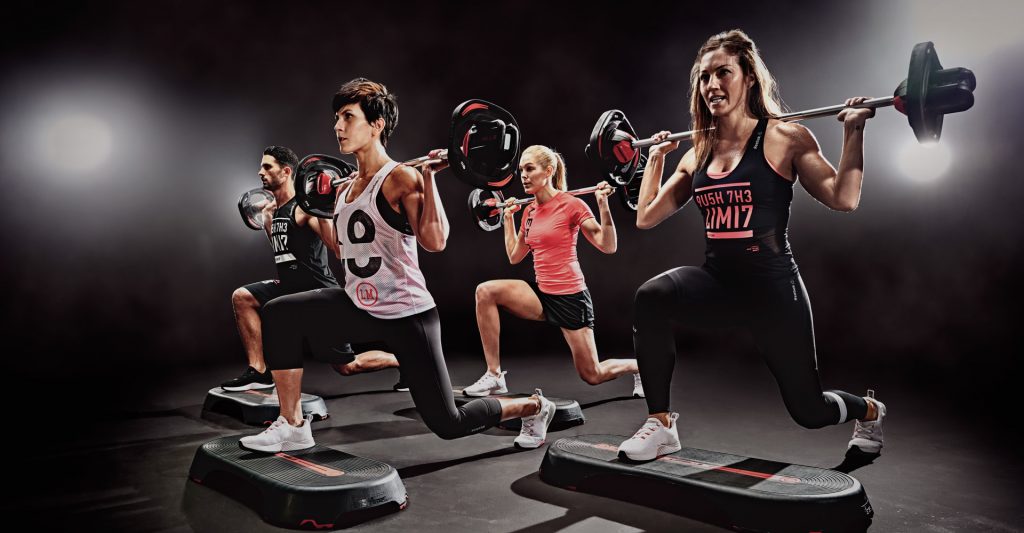
Twenty-two varieties – who is more?
There are many execution methods, each with a specific purpose. We offer a brief overview of the most popular types of squats. You can find detailed information about each product on our website by clicking on the links https://englandpharmacy.co.uk/category/peptide/stamina-medication/.
Bodyweight Squats:
- Air. One of the basic elements of CrossFit. It is used to develop leg muscles, strengthen the ligamentous apparatus, improve balance. The technique of “air” squats is almost completely similar to the classical one, but with one important condition – the hip joints should be slightly lower than the knee when lowering the pelvis.
- Reverance. The exercise is popular among professional athletes, as it allows you to emphasize the load on the gluteal muscles. Reverance squats are demanding on the coordination of movements and balance of the body, so they can seem difficult for novice athletes. The technique consists of reverse lunges with the introduction of the foot beyond the line of the supporting leg. Trained athletes use additional weights to increase the load.
- With jumping out. The muscles of the thighs work during these squats in an “explosive” mode, which allows you to develop strength characteristics. The athlete puts his hands behind his head and, while inhaling, squats until a right angle forms at the knees, then jumps vertically from the bottom point with a powerful exhalation. Upon landing, the lifter immediately (without pausing) begins a new rep.
- By the wall. The advantage of this exercise is the use of an even vertical support. This allows you to exclude the back from work, shift the entire focus to the buttocks and hips. The element is suitable for girls who want to tighten and strengthen the lower body. In addition, regular use of these squats will help improve your posture. Technique: the athlete fully presses his back and lower back against the wall, performs smooth rises and falls of the body.
- “Pistol”. One of the best exercises for developing the lower limbs without weights. The effectiveness is explained by a complex technique – squats are performed on one leg, while the other is constantly held in weight. The tricky part is keeping the body balanced. Therefore, the element is suitable for trained athletes. Beginners tend to use the lightweight version of the pistol, which involves the use of side support.
- Plie. The name is borrowed from the ballet. The main benefits are a good workout of the buttocks and strengthening of the inner thighs. Therefore, the element is used in women’s training programs. The technique is demanding for good mobility of the hip joints. In order to correctly do wide plie squats, first of all, you need to spread your legs as much as possible to the sides, turn the toes of the feet outward. From this position, keeping your back straight, you should smoothly lower and raise the pelvis.
- Sumo. Exercise qualitatively loads the muscles of the legs. The technique as a whole is very close to “plie”, but it has a number of significant differences. Firstly, in sumo, the legs are spread wider than the shoulders, but not to the maximum. Secondly, when performing sumo squats, the feet should be turned not strongly to the sides, as in plié, but at an angle of 40–45 °. This allows you to maintain body balance when using heavy shells. Thirdly, in sumo, the athlete takes the pelvis back and slightly tilts the body forward, in plie – the body is held vertically.
- Sissy. Target muscles are quadriceps. The exercise has an unusual technique, so it may seem strange to many. The athlete stands up straight and places his feet at shoulder level. Then, with one hand, he takes any support, rises on his toes. From this position, while inhaling, he simultaneously bends his knees and takes his back back. The angle between the thigh and the lower leg in the lower position should be at least 90 °.
- “Scissors”. The exercise comprehensively develops the muscles of the lower extremities: calves, quads, buttocks. The technique is a lunge squat. The athlete stands up straight and puts one leg forward. The load will depend on the step width. Then, keeping the body upright, the pelvis is lowered until the knee touches the “back” leg.

Squats with additional weights:
- With a barbell on the shoulders. A classic basic exercise performed in disciplines such as powerlifting, bodybuilding, weightlifting. It is used to increase the strength and volume of the leg muscles. Barbell squats stimulate the hormonal system and contribute to the growth of the total muscle mass of the athlete, and strengthen the joints, ligaments, tendons. For a detailed description of the technique and all the nuances of execution, see the link.
- Squats in the Smith machine. The simulator has a fixed bar that slides along the guides. This design allows girls and novice athletes to perform power squats. The benefits also include safety for the spine and lower back. Smith machine is used for different squats: narrow, wide, “scissors” and others.
- Kneeling. A specific strength exercise used to strengthen the thighs and buttocks. Loads the lower back heavily and is therefore not recommended for beginner athletes. It is usually performed with light weight on the shoulders. When using heavy equipment, it is best to do these squats in the Smith machine.
- Semi-squats. Exercise related to the category of auxiliary. It is used to strengthen the quads. Due to the incomplete amplitude of the squat, the muscles of the buttocks and lower legs are practically not used and act as stabilizers. Feature in the technique – squatting to an angle of 110-120 ° in the knee joints. All other nuances – a straight back, a deflection in the lower back, a raised chin – are preserved.
- Overhead (with a barbell overhead). A complex element that strengthens not only the muscles of the lower extremities, but also the back, shoulders, arms. The athlete takes a barbell with a wide grip and raises it above his head. From this position, classic squats are performed. Exercise also promotes the quality development of small stabilizer muscles, which has a positive effect on body balance.
- Frontal. Designed for the accentuated load of the quads. The athlete does not place the barbell on the trapezoid, but on the upper chest and front deltas. Squats are performed from this position. By shifting the center of gravity of the projectile forward, the axial impact on the spine is reduced. This means that athletes with back problems can put quality stress on their legs without fear of aggravating their condition.
- Jefferson Squats. Exercise for the development of the quadriceps femoris muscle. The advantages include the absence of a compression load on the vertebrae, additional strengthening of the arms and deltas. The technique is specific – the bar is located between the athlete’s legs. Thanks to this, small muscles that are poorly involved in regular squats get a good load.
- Zercher Squats. Used to develop large leg muscles. The peculiarity of the technique is that the athlete holds the barbell at the elbow bends, at the level of the abdomen. Thanks to this design, the muscles of the back act as a stabilizer, which allows you to strengthen the body as a whole.
- Hatfield Squats. This element uses a special neck with a soft pad and stops. The projectile can be safely placed on the shoulders and not even supported by hands. Experienced bodybuilders recommend doing these squats at the end of the workout to “hammer” the leg muscles.
- Hackenschmidt Squat. The exercise allows you to perform strength approaches without the use of belay or a partner. The athlete holds the barbell in his arms behind him and performs squats until the pancakes touch the floor. The benefits of exercise include safety for the back and good stress on the legs. In modern fitness centers, you can find specialized simulators that mimic hack squats.
- With dumbbells. These shells are used in various squats: with different leg widths, “scissors”, sumo, plie, curtsy and others.
- With a sandbag (training bag). The shell is filled with sand and has comfortable grip straps, which allows it to be used in different exercises. For example, squats with a sandbag held on the chest or behind the back are very popular. Such exercises develop the muscles of the body and prepare the athlete for heavy loads.
- Goblet (with a kettlebell). Squats with this projectile are similar to elements with dumbbells, but they have several advantages: comfortable holding the weights with both hands and small size. The range of applications is wide – weights can be added to almost all types of squats without weights to create additional load.

Comparison of squats with other exercises
In fitness, one of the most popular lower body exercises is lunges. With the help of various options for performing the element, you can accentuate the load on individual muscles: quadriceps, calves, buttocks. Fast-paced, no-resistance lunges are good for fat-burning workouts.
The main disadvantage of the exercise is the impossibility of building large muscle volumes due to the use of relatively small weights. During the lunge, the athlete needs to control the balance of the body well, which is not easy with a heavy apparatus on the shoulders. Therefore, classic barbell squats are much more effective for building muscle mass and increasing leg strength.
Another exercise for training the lower limbs is leg presses. The element is performed in a special simulator and represents the pushing of the carriage with a load at an angle of 45 ° upwards.
Press is a strength, basic exercise, so it can be used in as a replacement for classic squats. The main advantage is the elimination of the back from work. Thanks to this, even athletes with spinal injuries can safely train for strength and mass.
The press machine allows you to shift the emphasis of the load on different parts of the legs. This is achieved by changing the position of the feet on the platform. But the main advantage of the exercise is the ability to engage with much more weight than with classic barbell squats.

